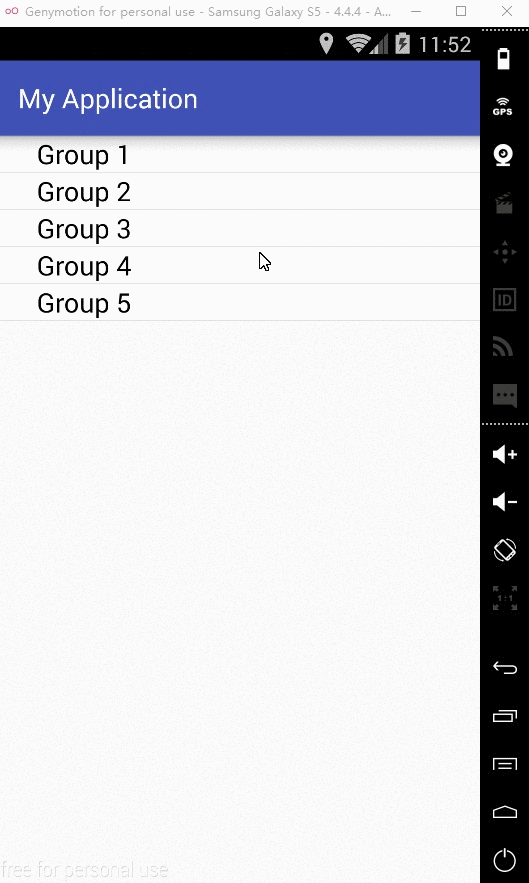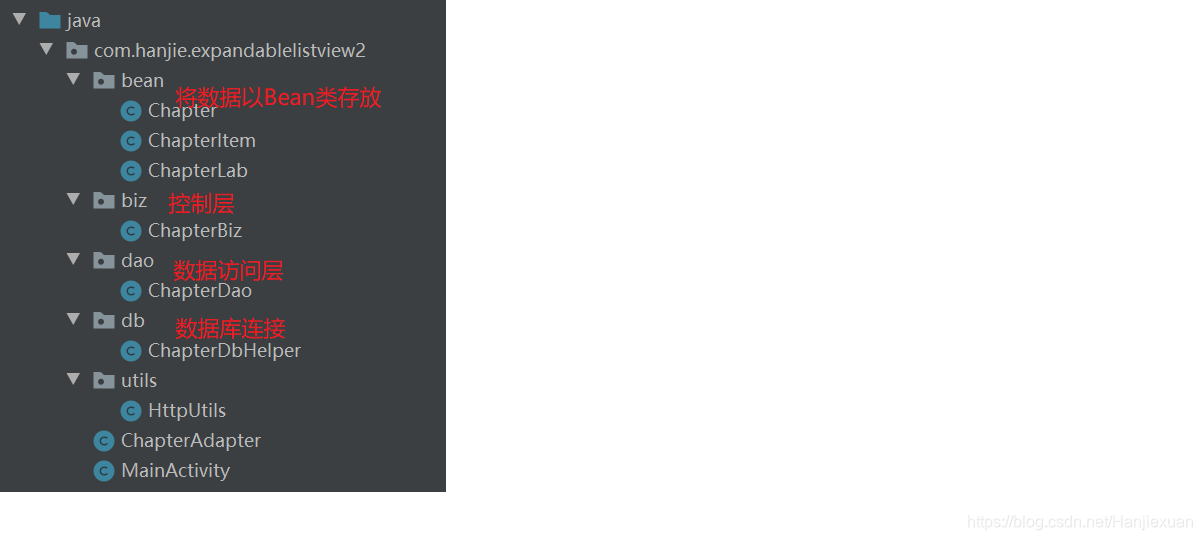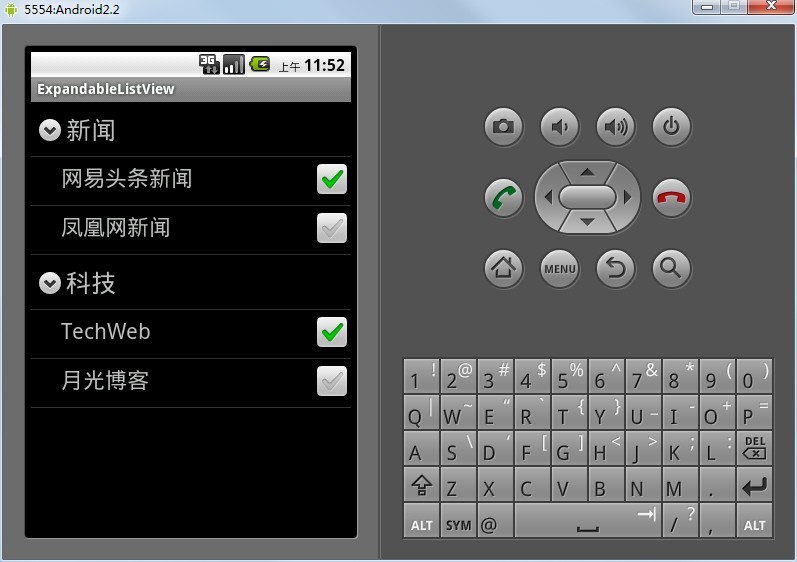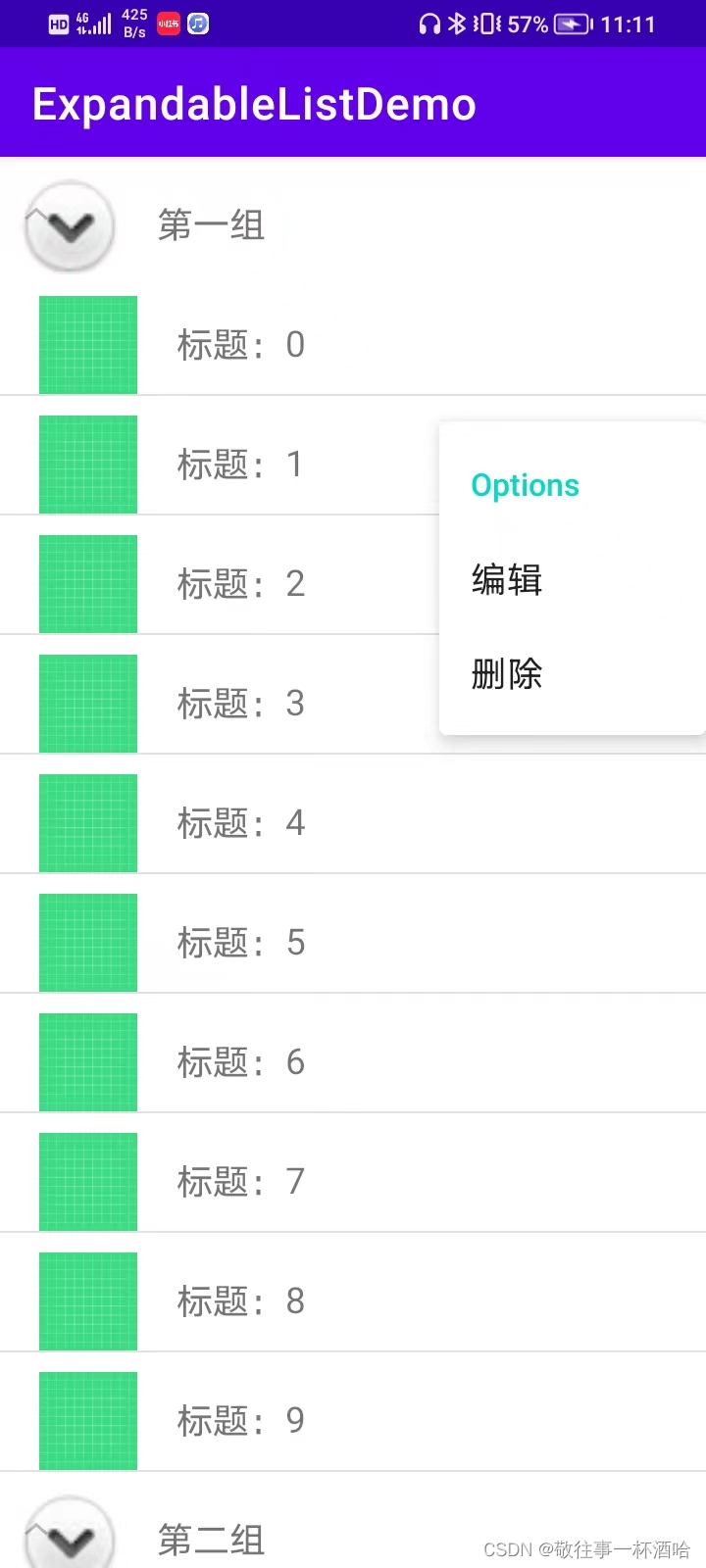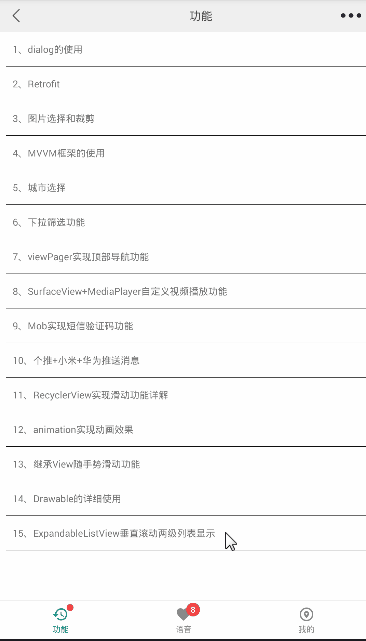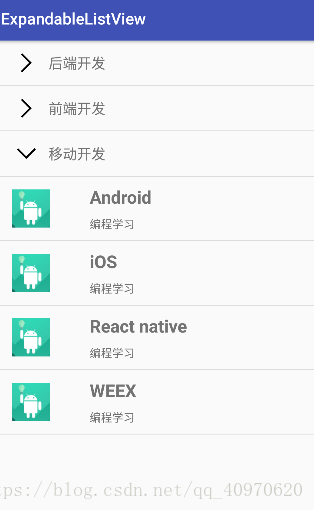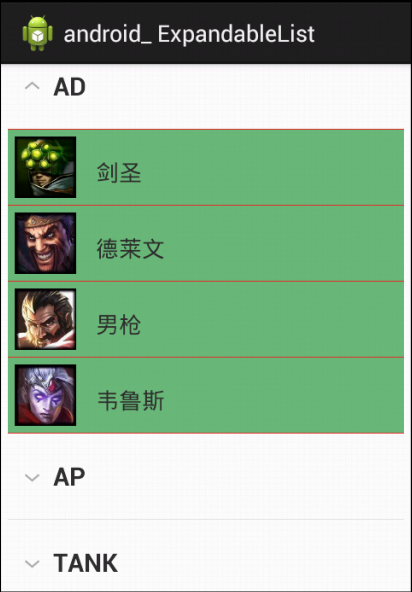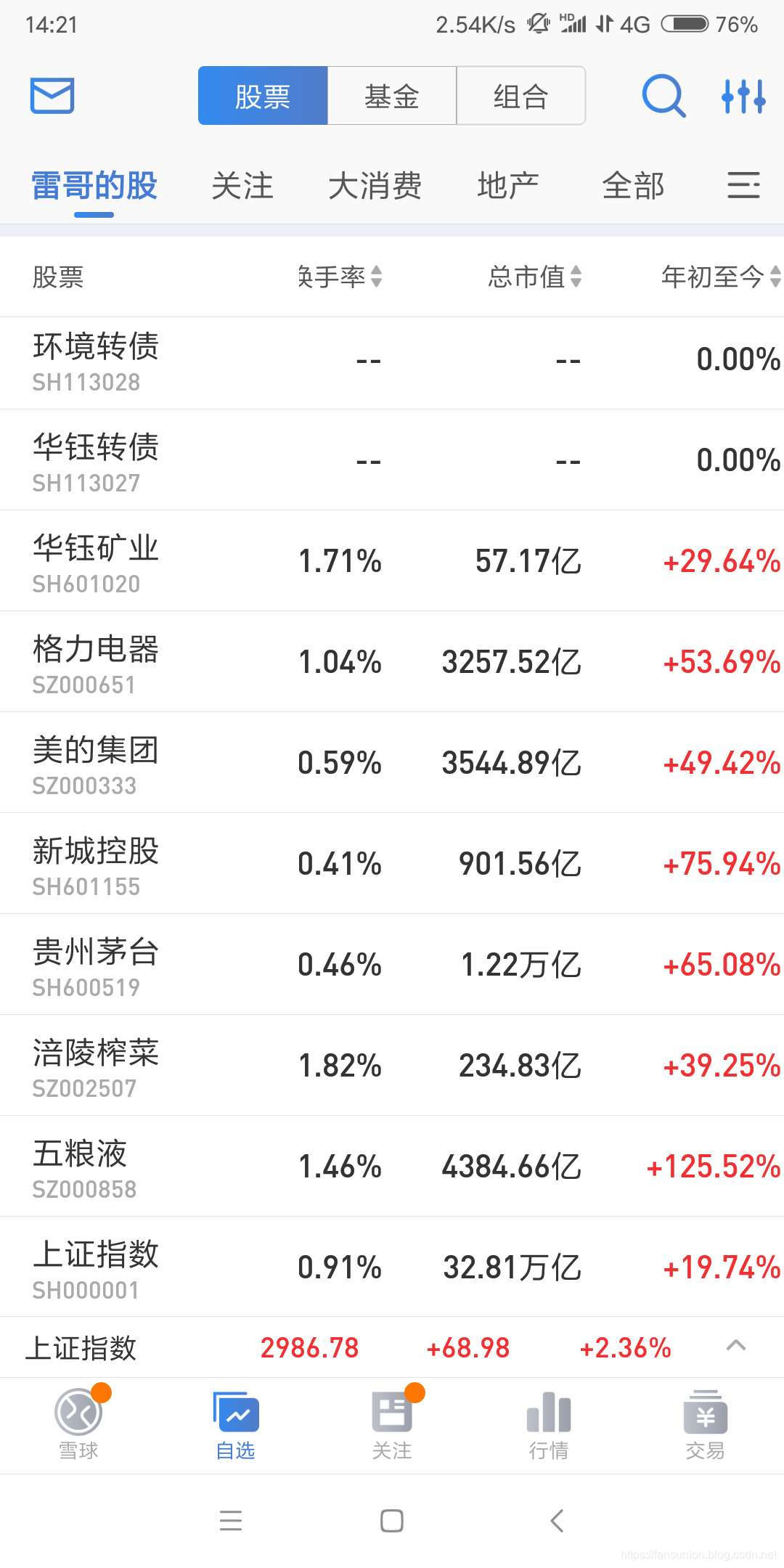ExpandableListView的使用
效果图
布局
<ExpandableListView
android:id ="@+id/expandableListView" android:layout_width ="match_parent" android:layout_height ="match_parent" /> 初始化
ExpandableListView expandableListView = (ExpandableListView) findViewById(R.id .expandableListView )填充数据
KongqwExpandableListviewAdapter kongqwExpandableListviewAdapter = new KongqwExpandableListviewAdapter(this );
expandableListView.setAdapter(kongqwExpandableListviewAdapter);Adapter
package com.example.kongqw.myapplication;import android.content.Context;
import android.view.View;
import android.view.ViewGroup;
import android.widget.BaseExpandableListAdapter;
import android.widget.TextView;import java.util.ArrayList;/*** Created by kongqw on 2015/12/21.*/
public class KongqwExpandableListviewAdapter extends BaseExpandableListAdapter {private Context mContext;private ArrayList<String> mGroups;private ArrayList<String> mChilds;public KongqwExpandableListviewAdapter (Context context) {mContext = context;mGroups = new ArrayList<String>();mGroups.add("Group 1" );mGroups.add("Group 2" );mGroups.add("Group 3" );mGroups.add("Group 4" );mGroups.add("Group 5" );mChilds = new ArrayList<String>();mChilds.add("Child 1" );mChilds.add("Child 2" );mChilds.add("Child 3" );mChilds.add("Child 4" );mChilds.add("Child 5" );mChilds.add("Child 6" );mChilds.add("Child 7" );mChilds.add("Child 8" );mChilds.add("Child 9" );mChilds.add("Child 10" );}@Override public int getGroupCount () {return mGroups.size();}@Override public int getChildrenCount (int groupPosition) {return mChilds.size();}@Override public Object getGroup (int groupPosition) {return mGroups.get(groupPosition);}@Override public Object getChild (int groupPosition, int childPosition) {return mChilds.get(childPosition);}@Override public long getGroupId (int groupPosition) {return groupPosition;}@Override public long getChildId (int groupPosition, int childPosition) {return childPosition;}@Override public View getGroupView (int groupPosition, boolean isExpanded, View convertView, ViewGroup parent) {View view = View.inflate(mContext, R.layout.expandable_group_item, null );TextView textView = (TextView) view.findViewById(R.id.group_item);textView.setText(mGroups.get(groupPosition));return view;}@Override public View getChildView (int groupPosition, int childPosition, boolean isLastChild, View convertView, ViewGroup parent) {View view = View.inflate(mContext, R.layout.expandable_child_item, null );TextView textView = (TextView) view.findViewById(R.id.child_item);textView.setText(mChilds.get(childPosition));return view;}@Override public boolean hasStableIds () {return true ;}@Override public boolean isChildSelectable (int groupPosition, int childPosition) {return true ;}
}去掉箭头
expandableListView.setGroupIndicator(null );默认展开
for (int i = 0 ; i < kongqwExpandableListviewAdapter.getGroupCount(); i++) {expandableListView.expandGroup(i);
}Group不可点击
expandableListView.setOnGroupClickListener(new ExpandableListView.OnGroupClickListener() {@Override public boolean onGroupClick (ExpandableListView parent, View v, int groupPosition, long id) {return true ;}
});TODO 复用 